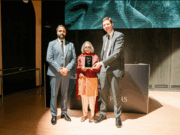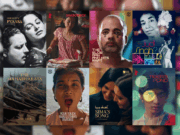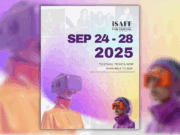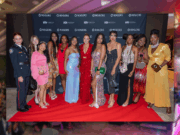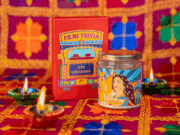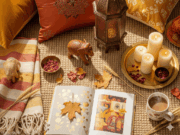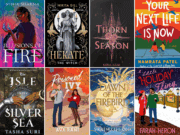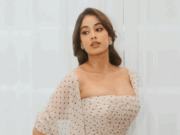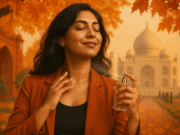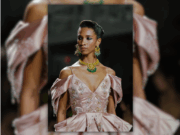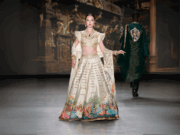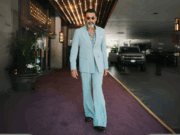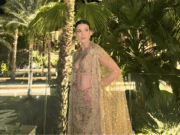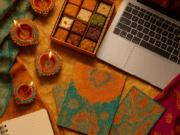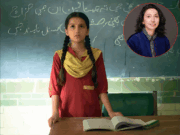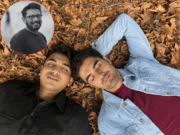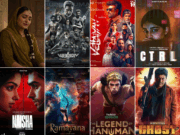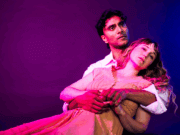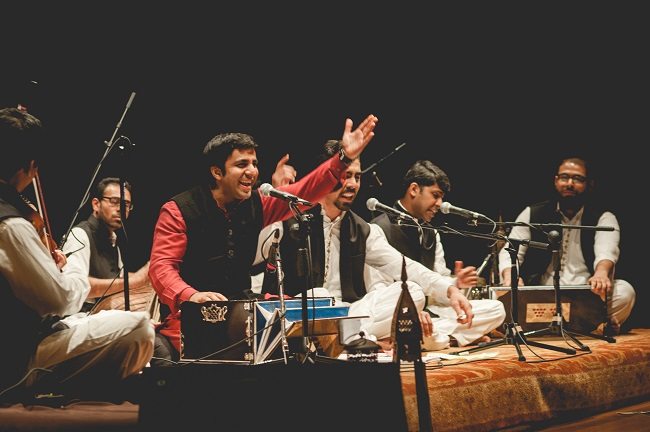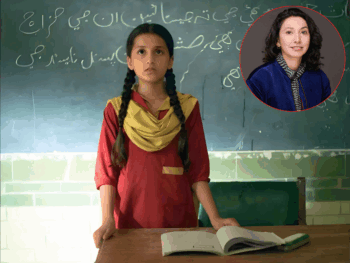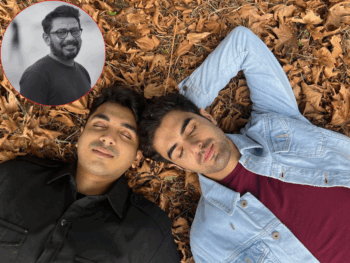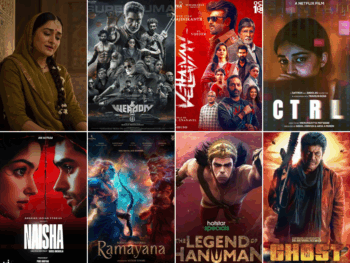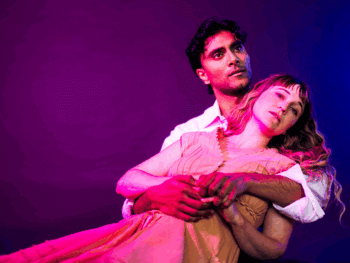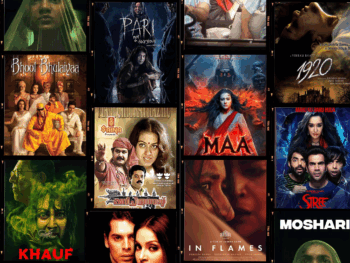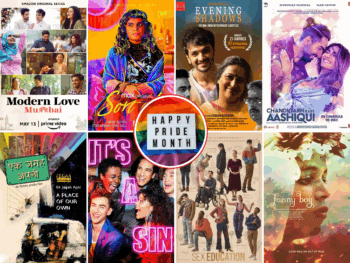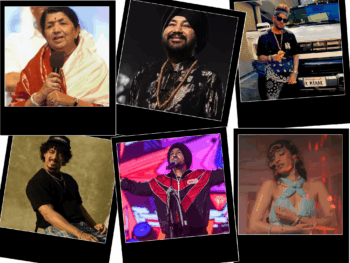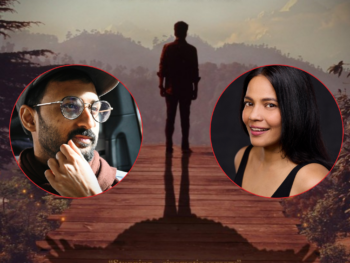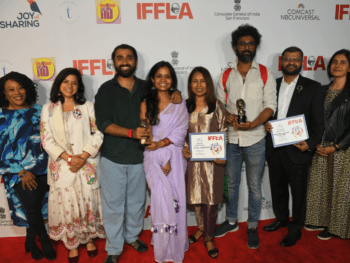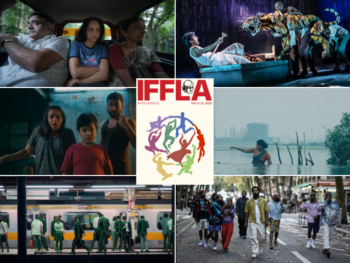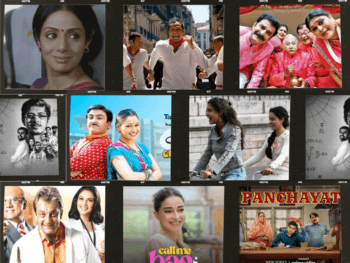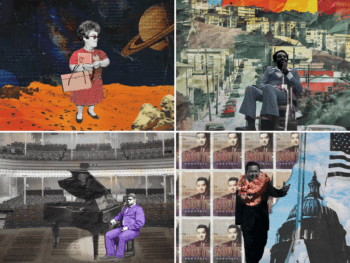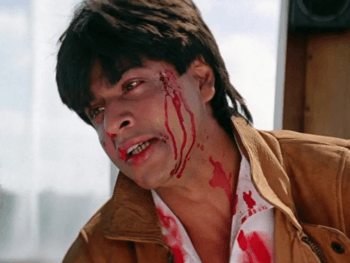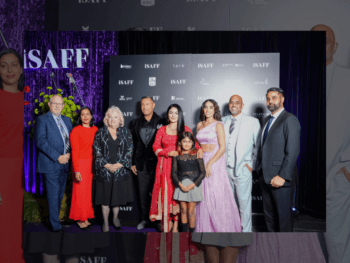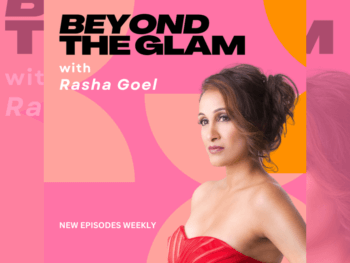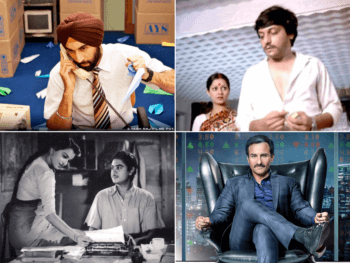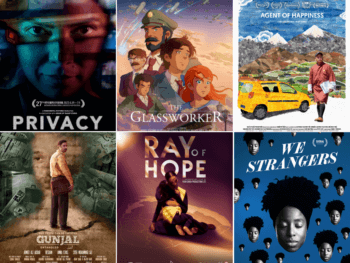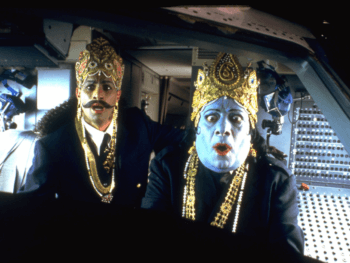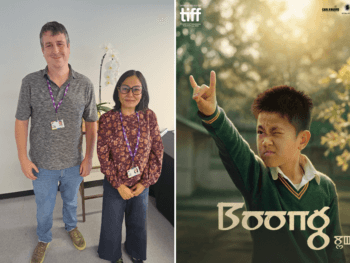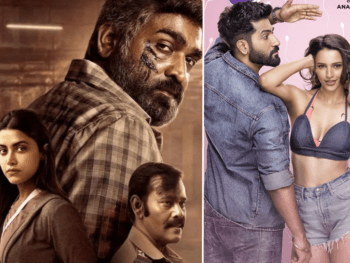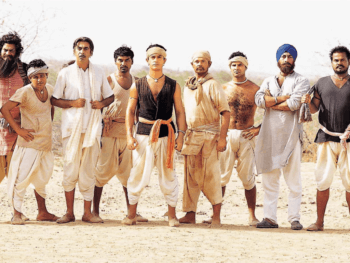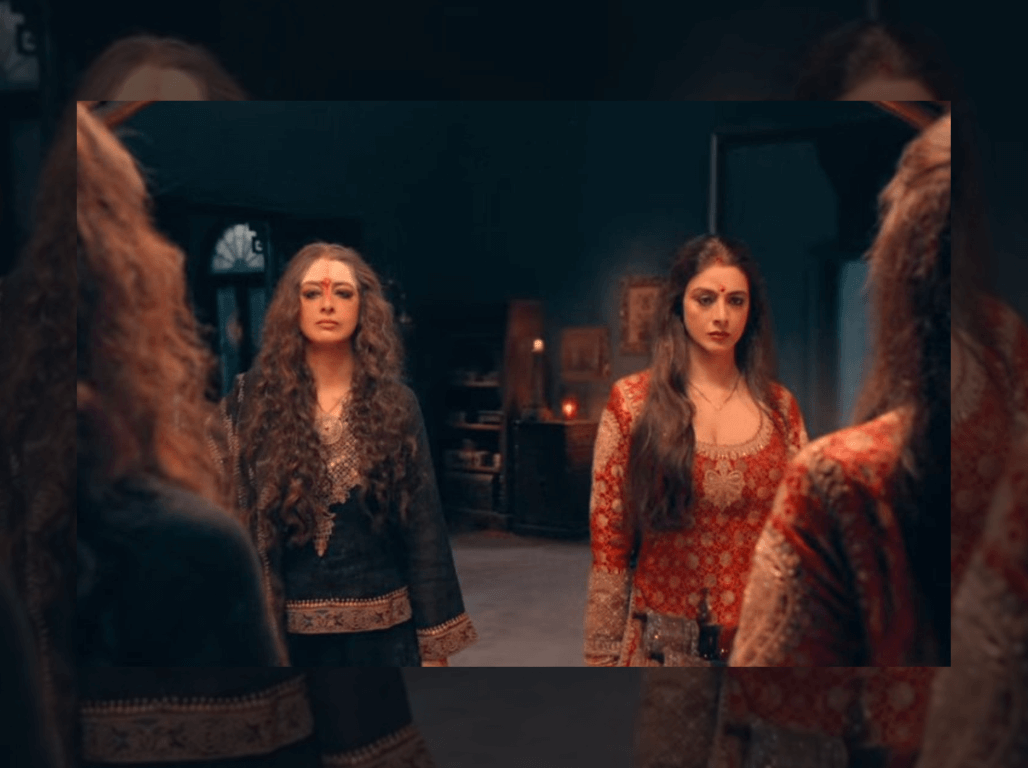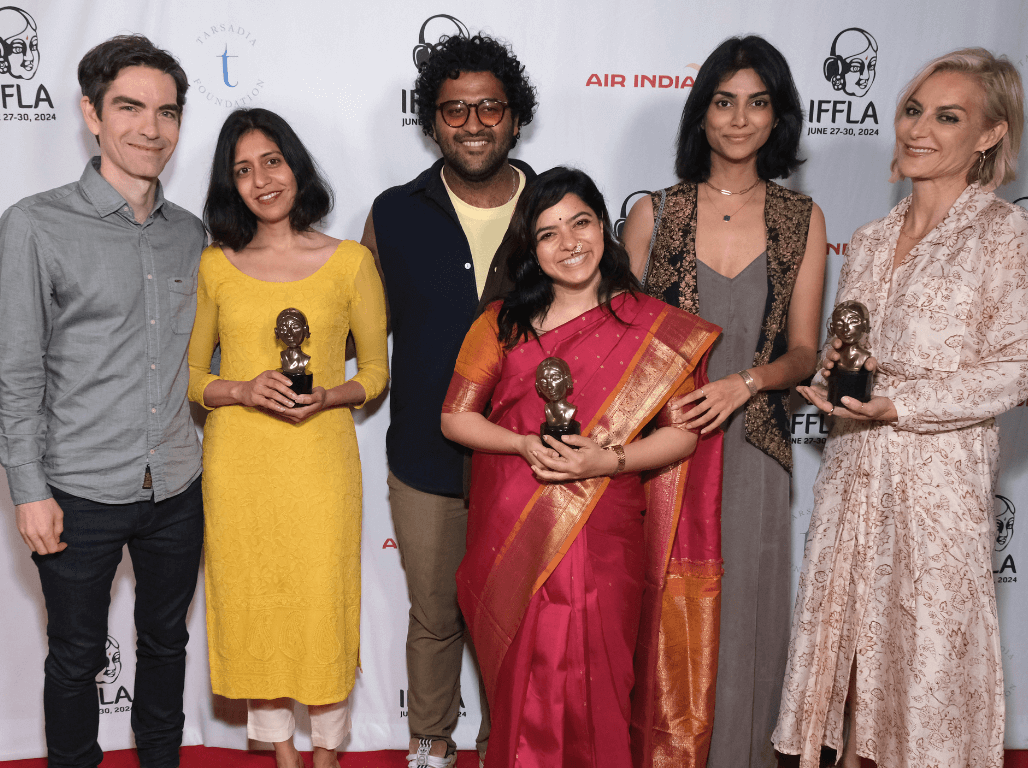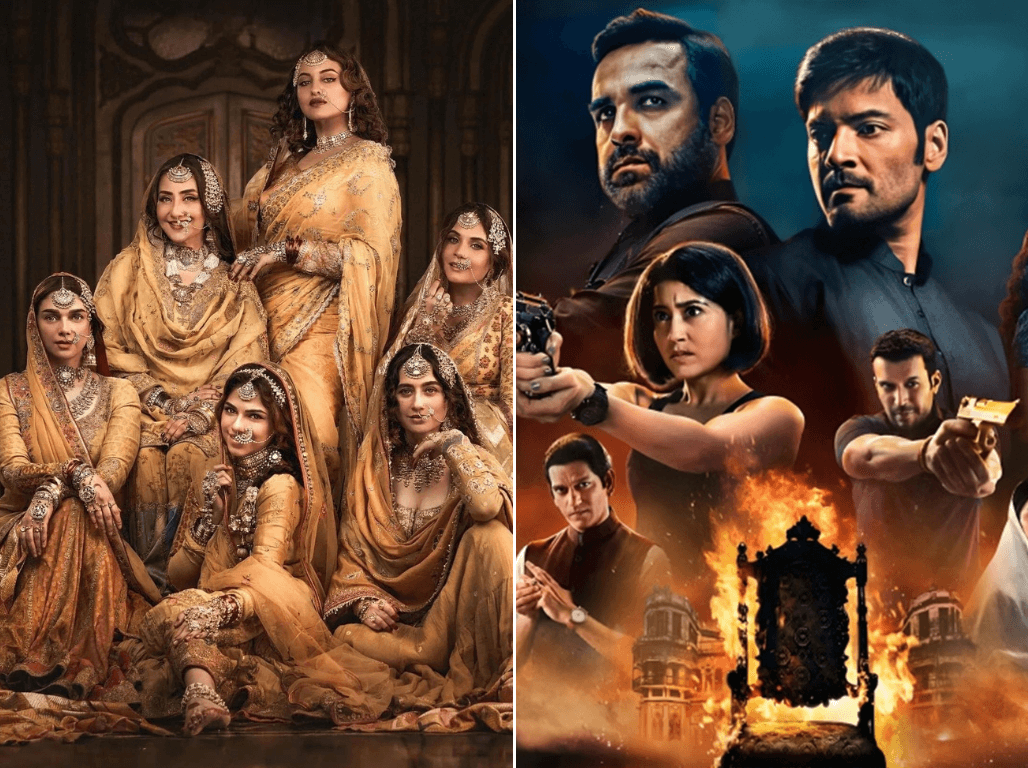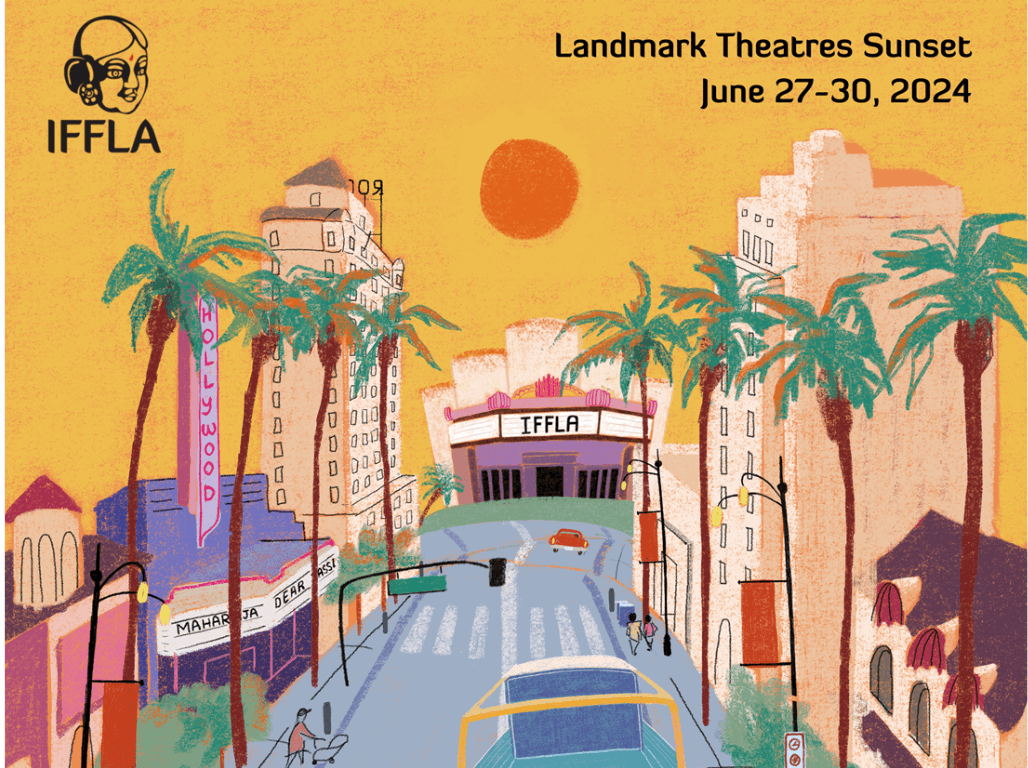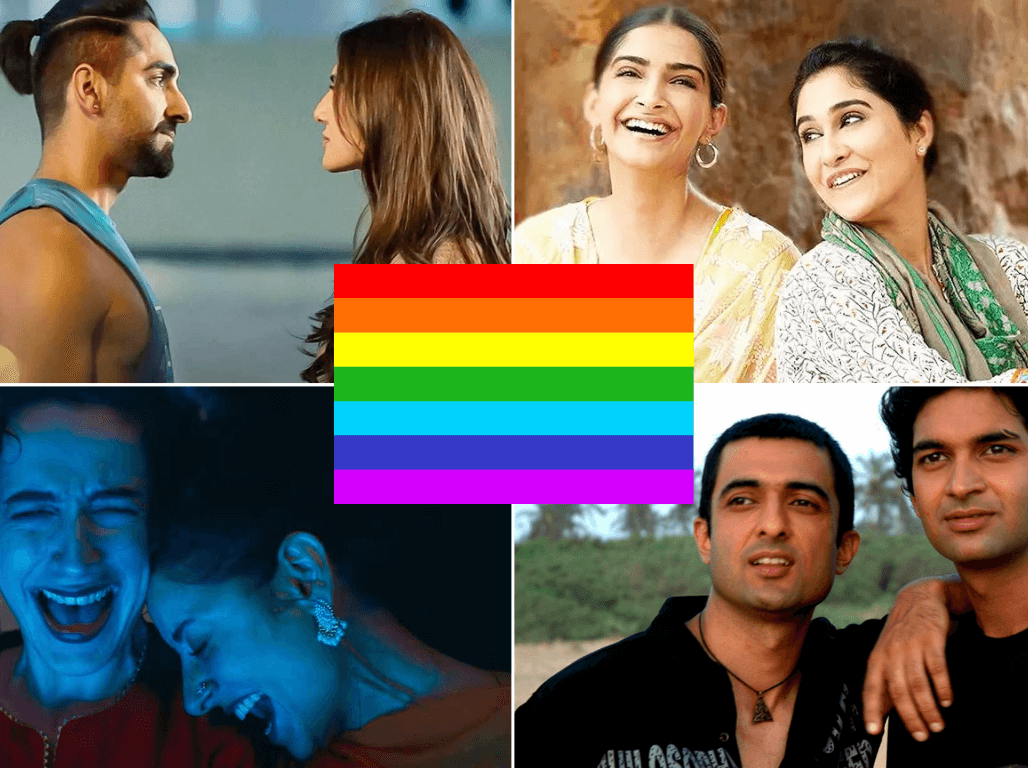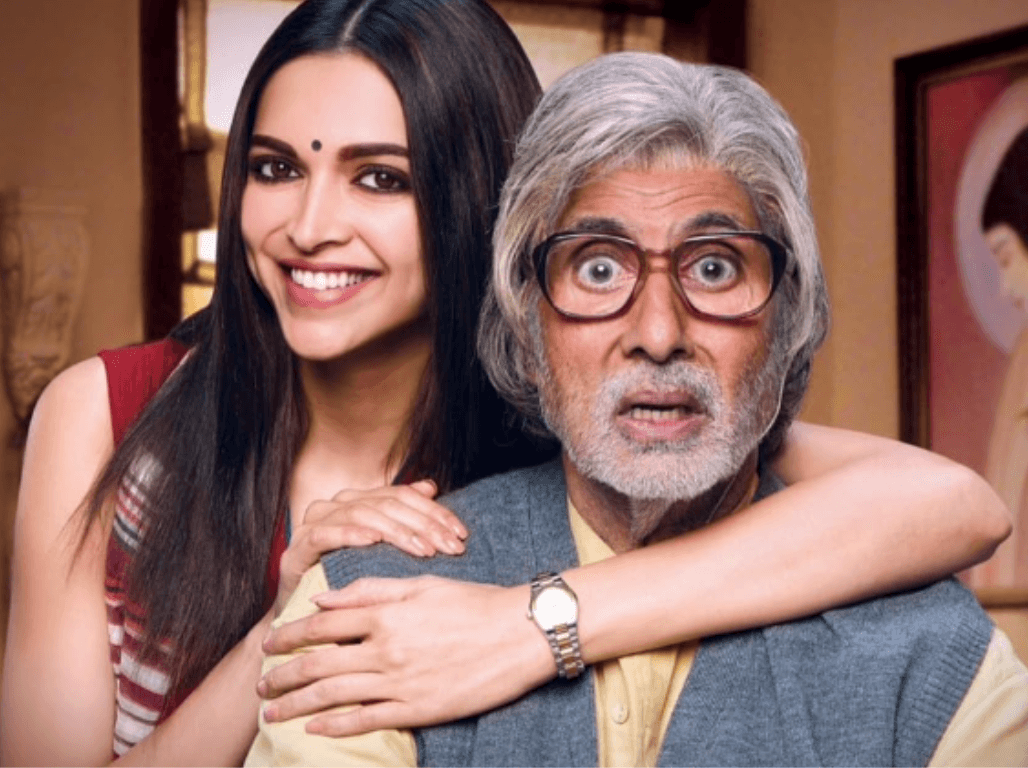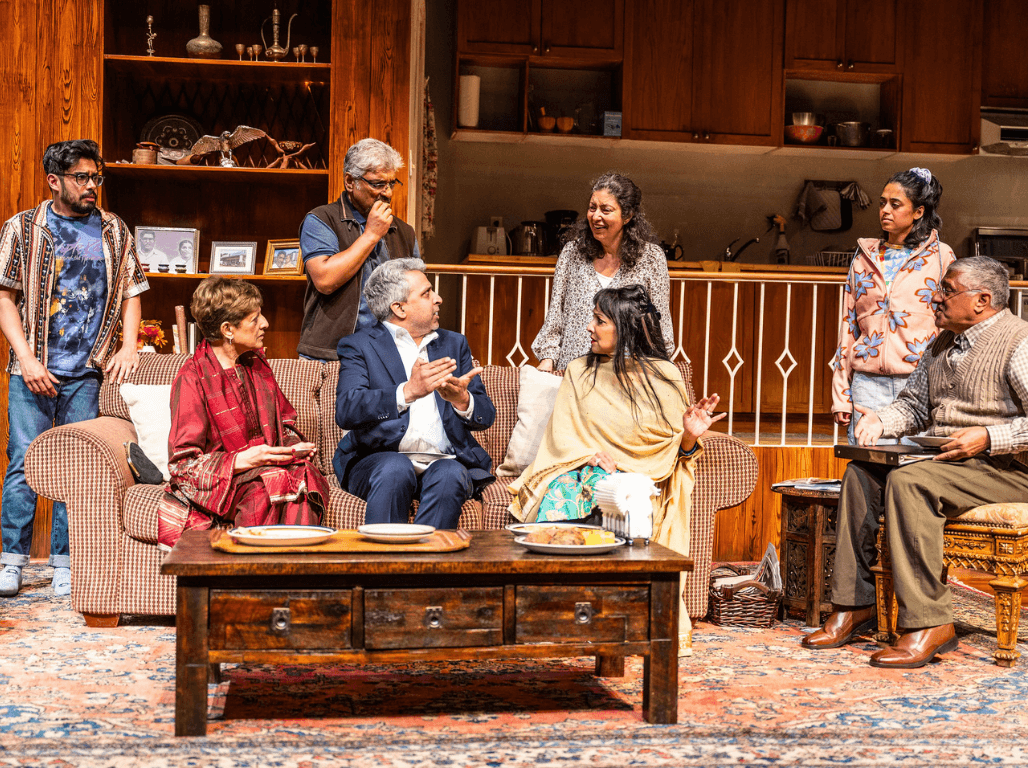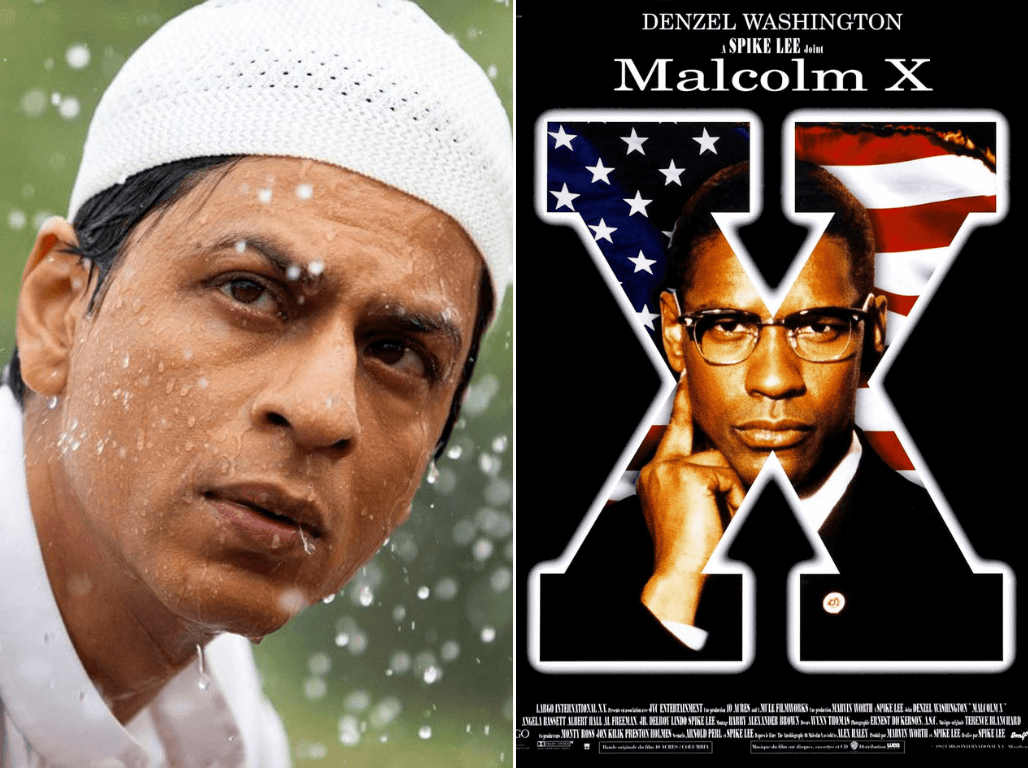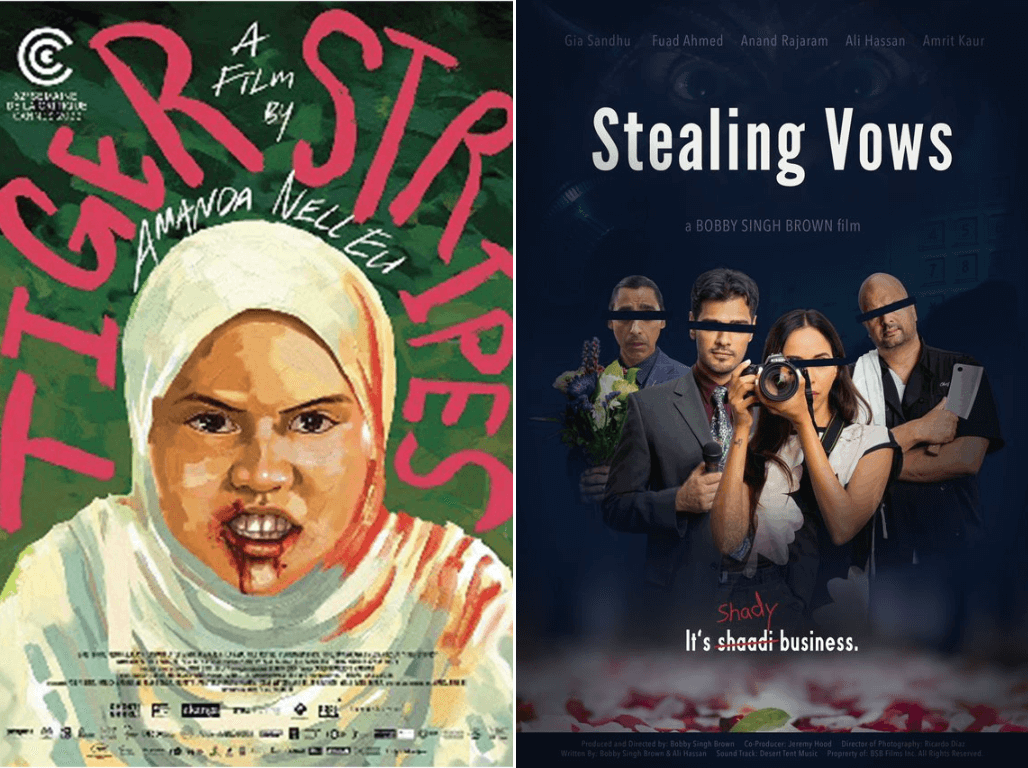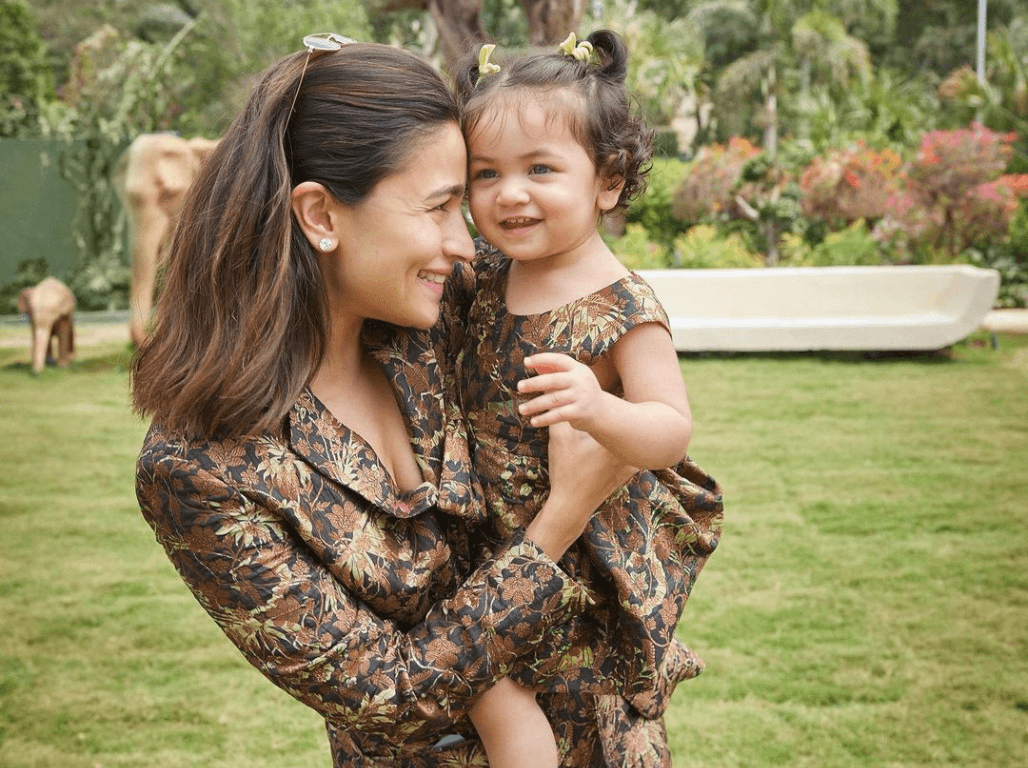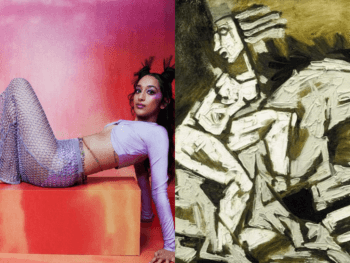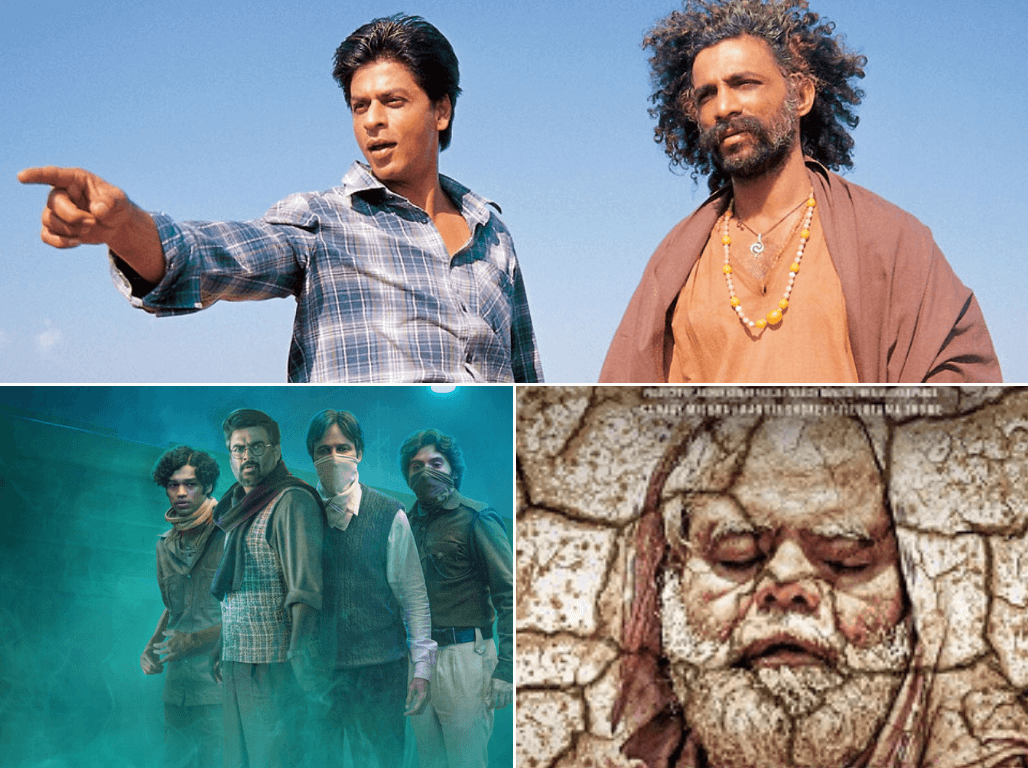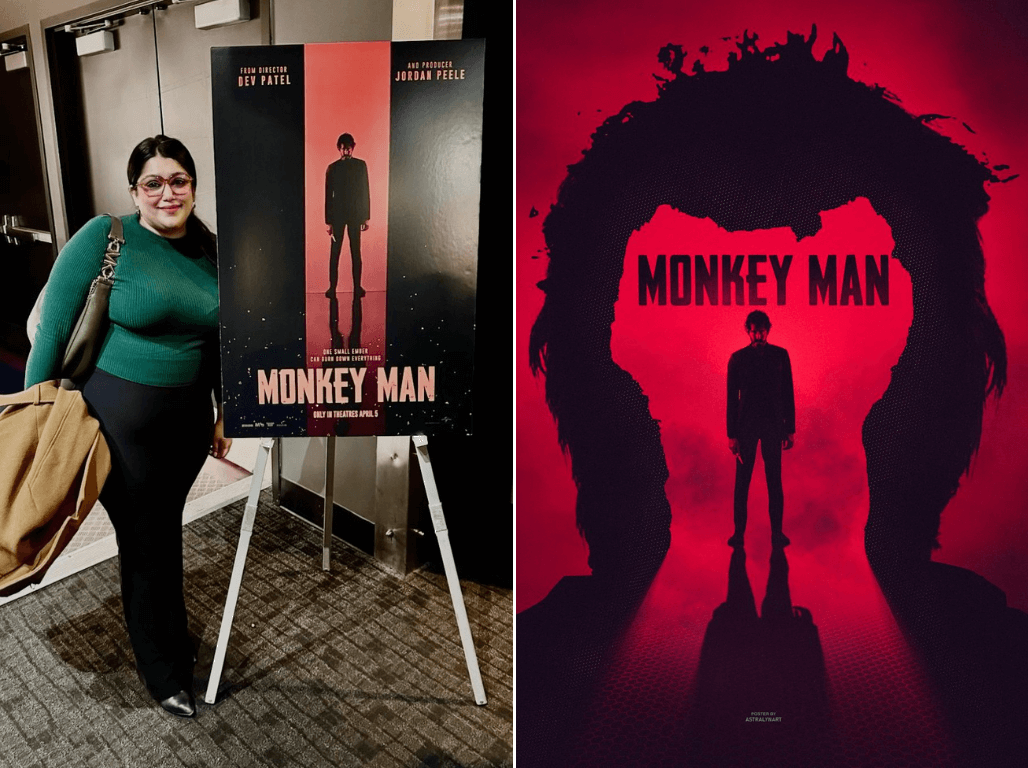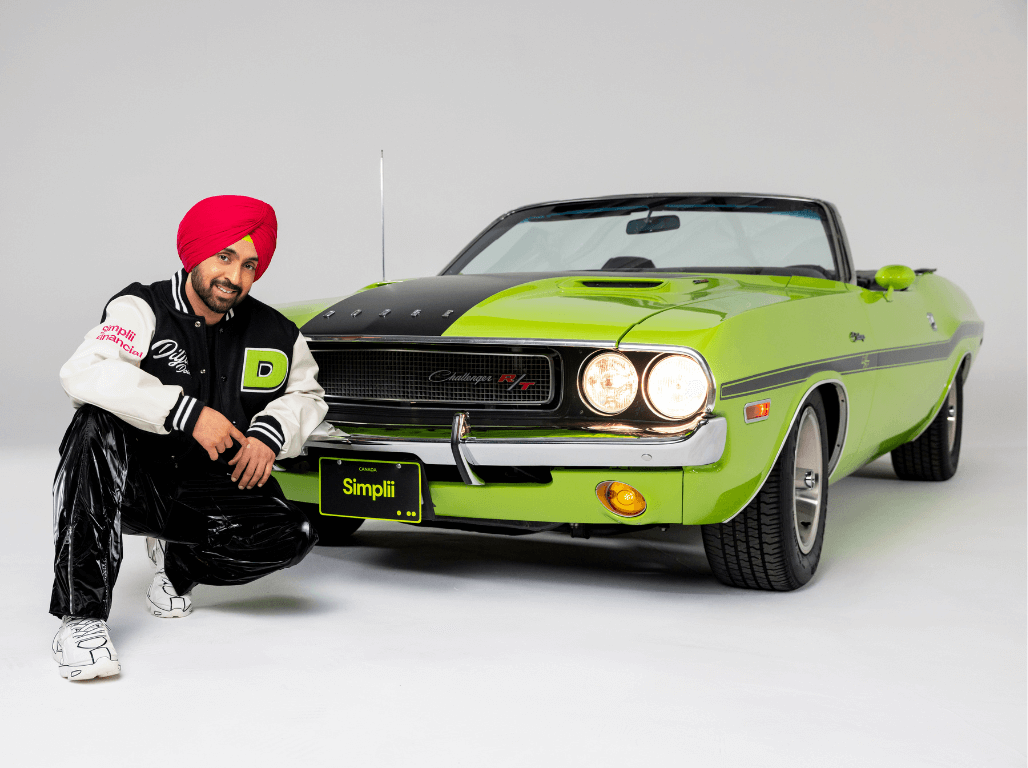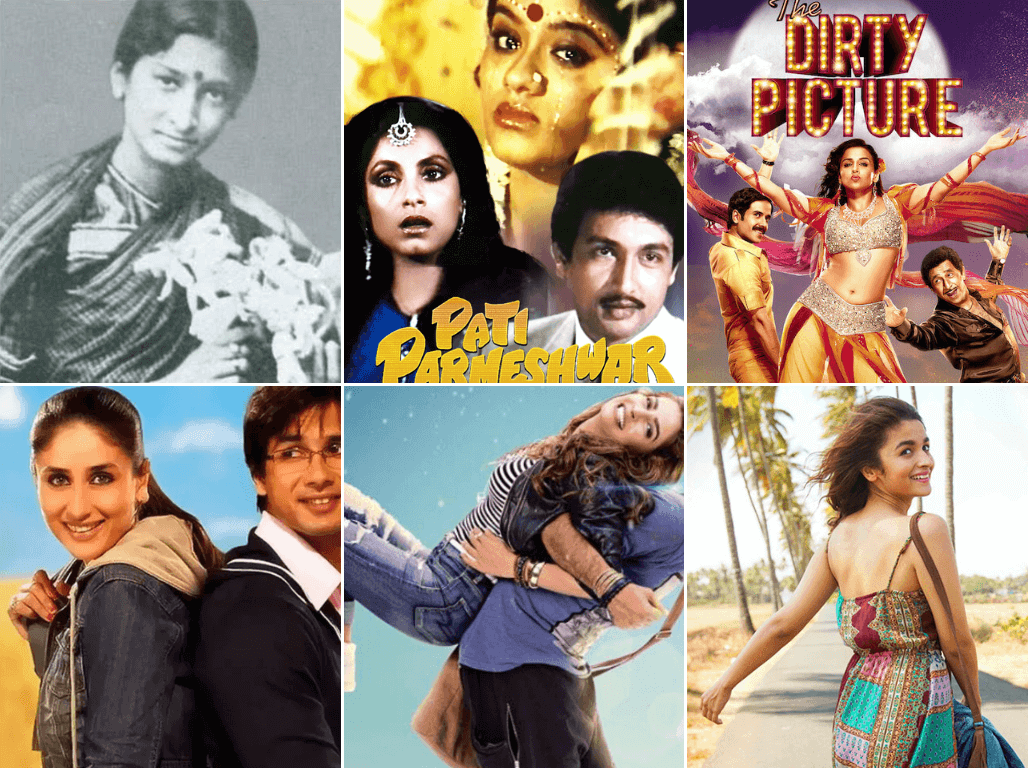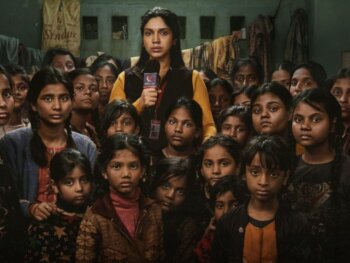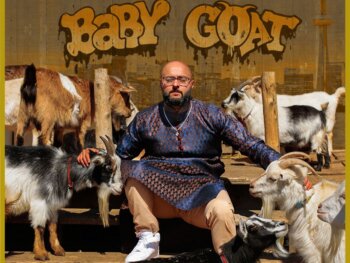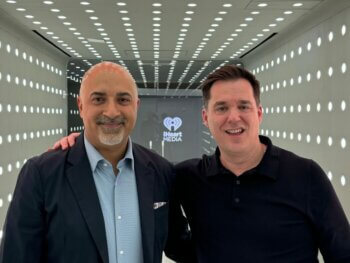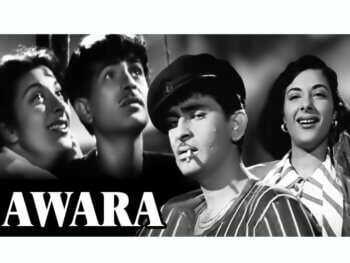Riyaaz Qawwali Bridges The Gap Between Traditional And Religious Music While Appealing To A Multicultural, Religious And Spiritual Audience
Traditional qawwalis haven't lost their touch. To this day, some of the most legendary musical icons have been associated with classical music — Nusrat Fateh Ali Khan and Abida Parveen, just to name a couple. But while the younger generation may be more focused on electronic beats and the modern pop numbers that Bollywood cinema churns out weekly, qawwali ensemble Riyaaz Qawwali prefer to stick to their religious, cultural and spiritual roots — roots that have helped them connect audiences from all walks of life with their traditional sound and unique approach.
ANOKHI MEDIA's Daniel Ashwin Pillai was able to sit down with the ensemble's artistic director, Sonny, and chat about the significance of the group's sound and why their cross-cultural appeal matters.
DANIEL PILLAI: Riyaaz Qawwali is a qawwali ensemble that represents the unique diversity and plurality of South Asia. Tell me how you're able to achieve this representation through your music.
SONNY: I want to start of by thanking you for covering our music and shedding light on the qawwali genre! Achieving diversity/plurality is actually very easy, because the genre was built around that. Our music originates from Sufi Islam. While we play traditional Sufi pieces, we also sing bhajans, shabads and ghazals. The goal is to use this genre's musical elements to help explore the space of devotion and transcend religious boundaries. Our first album, Kashti, was actually the first in the genre to include tracks from the three major religious traditions of South Asia!
DP: Your ensemble represents a myriad of South Asian cultures and religious and spiritual backgrounds. Tell me how you're able to bring all your individual backgrounds together to create your music. What is that process like?
SM: Finding harmony is actually not a new concept in South Asian arts. The Ganga-Jamuni tehzeeb is a great example of this, from which Kathak even originated. We look towards these principles as inspiration in general. Composing pieces is always about trying to select the right mode (raag) for for the poetry selected. Once a basic melody is in place, naturally we start thinking about the rhythm (taal). And it is at this point the most exciting part of qawwali composing takes place: deciding on the other poetry can be intertwined to expand/enrich the original composition. Let me bring this to life. For example, in Kashti, we choose a famous Hindu bhajan, “Raghupati Raghav Raja Ram.” While a Hindu bhajan, a very secular verse exists in the poem: “Ishvar Allah Dono Tero Naam” (Both Ishvar and Allah are Your name). In that verse, we took the liberty to include verses from Islamic and Sikh saints which shared a similar sentiment, resulting in a piece that exuded the love and harmony of each religion.
DP: Music today is full of a lot of modern, pop and electronic beats — yet your ensemble creates traditional qawwalis catering toward Sufi Islam. Tell me what inspires you to create music that younger generations may not have heard of. And how are you able to connect with your audiences?
SM: Traditional music certainly has an appeal, and 10 years [sic], we loved it even more. It's certainly not being used a lot, so it’s refreshing to many audiences. Connecting with the audience always is about speaking another person’s reality or sharing eternal truths. We try to remember that. We also try to help audiences relate to these older pieces — it’s a bit of translating the culture and making it relevant, and it’s easy for us to do with the fluency that many members of the ensemble have with Urdu, Hindi and Punjabi in addition to English.
DP: You've stated that your ensemble is "forward in using the genre to delve into Hindu bhajans and Sikh shabads." How has the entire group and its musicians been able to blend Eastern and Western elements while trying to preserve musical folk traditions?
SM: We don’t think about it as the West or the East — good music is good music. We keep our ears open and try to bring in new sounds to the traditional sound that has existed for over 700 years. In terms of sound, we brought in the violin many years ago, and more recently added the cajón.

DP: You recently performed at globalFEST in New York City, which caters to global music lovers and curators. How was this experience for your ensemble — with the opportunity to present traditional South Asian sounds to an audience that consists of various different music lovers?
SM: Taking the genre out of the South Asian Diaspora has been a paramount mission and the event allowed us to do that. We were honoured to be selected to represent the South Asian arts. While the festival has featured the “South Asian sound” before, this was the first time in their 10+ years where traditional Indian/Pakistani folk music was presented. Even though the audience was presenters from the major performing arts centres, we still saw the same reactions: excitement to our earthy tones and applause at our interfaith message.
DP: What can we expect from the ensemble in the future?
SM: We plan to continue with our traditional qawwali music, with a push to make it more relatable to today's audiences. We are also excited to be releasing our second CD, ISHQ, in March at Asia Society (Houston), and planning on other release parties in New York and possibly Chicago. A major initiative underway is one with Harvard University and the Indo-American Arts Council that will showcase qawwali and many other art forms of South Asia, which will include academic professors discussing the importance of the art form, followed by unique artistic collaborations. Our mission is to take qawwali music to the world.
All Images Courtesy Of Riyaaz Qawwali
Daniel Pillai
Author
Daniel is the Digital Media Manager for ANOKHI MEDIA and the host for ANOKHI's entertainment channel, PULSE TV. As part of the dream team, Daniel manages all multiple channels under ANOKHI’s portfolio, while also training new on-air talent, and showing budding p...




